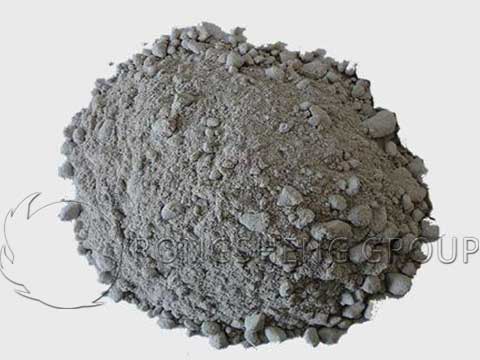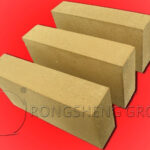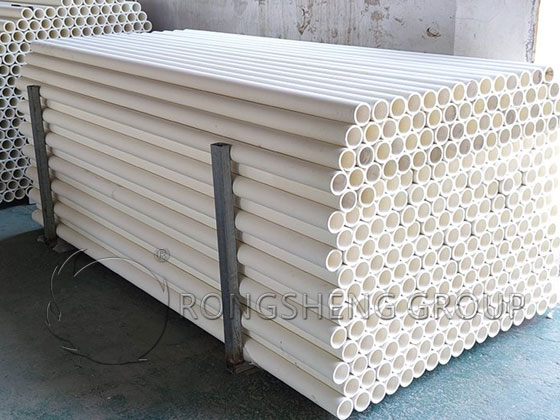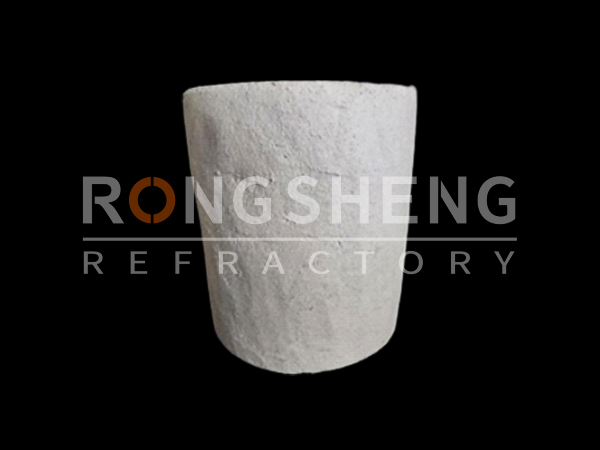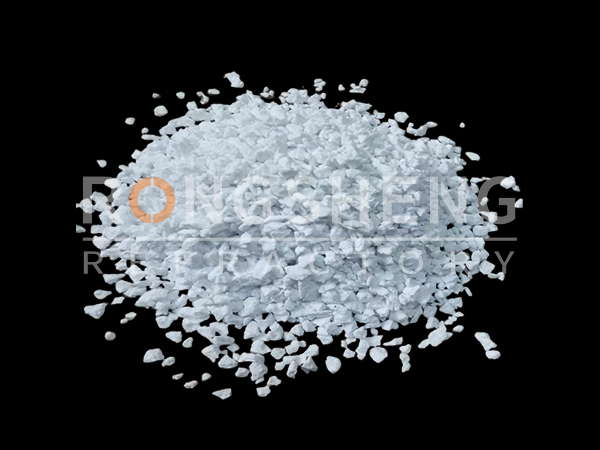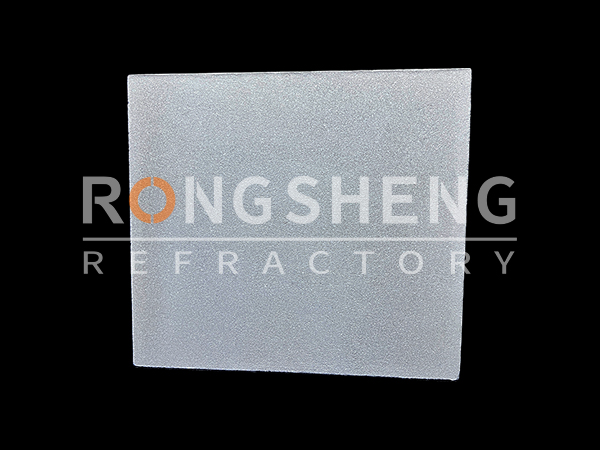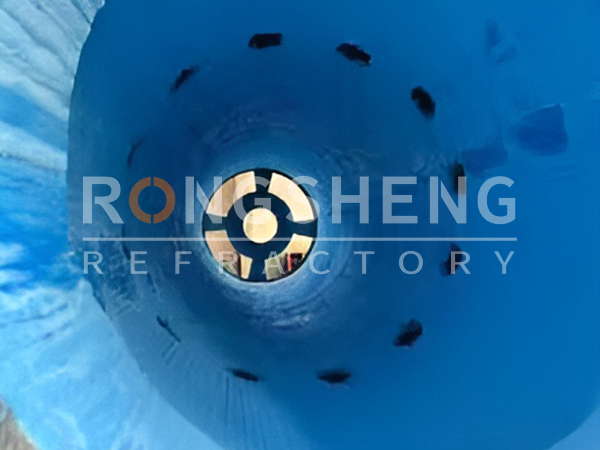Methods of Making Refractory Brick
Refractory bricks are indispensable for high temperature industrial kilns and furnaces including acid resistant bricks, neutral brick and alkali resistant brick, etc. The raw material for producing refractory bricks are powder or particle shape mixtures composed of different refractory minerals such as bauxite, mullite, magnesite, lime, chromite and so on. Do you know how are refractory bricks produced from raw material and have specific physicochemical properties? Some methods universally used for making shaped refractory bricks are as follows.
Slip Casting Moulding
This method are usually used for making thin-wall hollow products, for example, thermowell, high temperature furnace tube, crucible and so on. During production, refractory slurry is injected into gypsum mould. When water is absorbed by gypsum, slurry becomes solid state green body. Surplus slurry is poured out after green body reaches needed thickness and has some strength. Then after green body is de-moulded, air dried and fettled, final product is obtained. Water content of sully is between 35~45%.
Plastic Moulding
Plastic moulding, also known as extrusion forming, is a method to make refractory brick by squeezing plastic batch through mould holes. Generally, continuous screw extruding machine or blade mixer and hydraulic machine are combined for mixing, extrusion and moulding. This method is suitable for making strip-type or tube-type green body. Water content of plastic material is between 16~25%.
Mechanical Pressing Forming
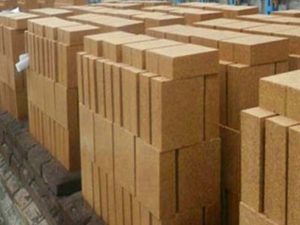
Mechanical forming is also called semi-dry pressing. It adopts batch material containing 16~25% of water to produce green body. Usually brick machine, tamping machine, vibration are used for forming. Compared with plastic moulding, mechanical forming has these advantages: higher density and strength, smaller drying and sintering shrinkage, product size easy to control. It is the most often used forming method.
Fused Cast Forming
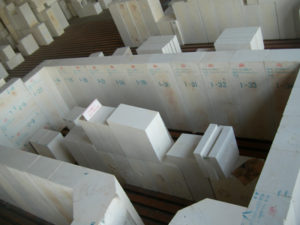
Fused casting forming is a method makes raw material melted by high temperature and directly casted to the required products. Fused casting currently are mainly used to produce fused corundum, mullite, zirconia corundum and other high grade refractory material.
Other forming methods of refractory material are hot press, hot press injection and so on. But now mechanical pressing is the main forming method. Equipments applied for forming are friction press machine, hydraulic friction press machine, hydraulic machine, isostatic pressing machine, lever press machine, vibration moulding machine, etc.
